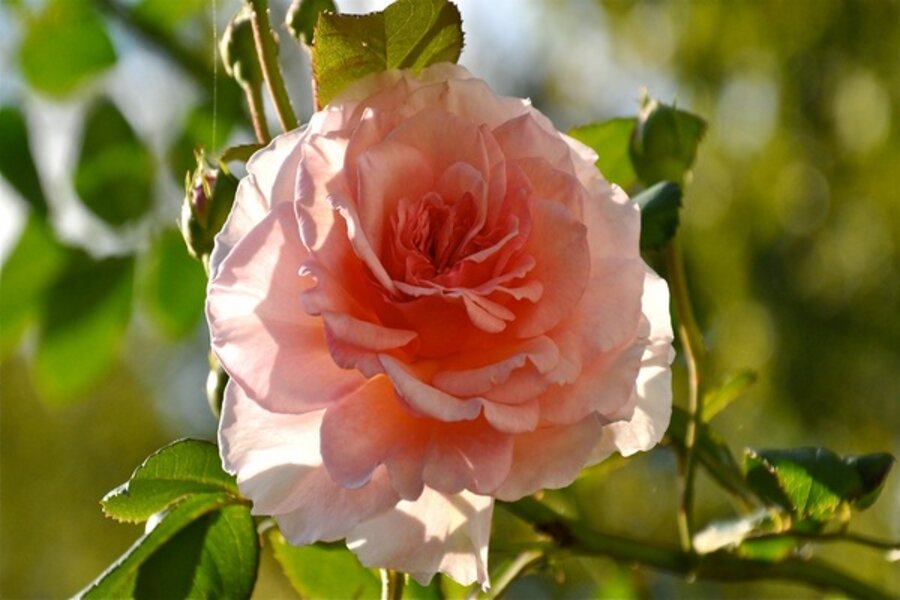Fall rose care in five easy steps
Loading...
In a time when pumpkins and mums dominate the garden landscape, it’s a treat to see some of my favorite roses making their final appearances of the season. These last roses of summer can often be the sweetest – the nip in the air deepens the colors, and the blooms themselves are sometimes a bit larger than usual.
Best of all, I don’t have to worry about pruning or fertilizing until 2011. I just sit back and enjoy the fall show.
The do's and don'ts of fall rose care
Of course, there are a few chores to be done in the rose garden before winter sets in. But the list is pretty short for most areas of the country and includes more “don’ts” than “do's.”
1. For starters, don’t cut your roses back in the autumn. If you prune now, you’ll just suffer dieback and will have to cut back more severely in the spring. Wait until the forsythia blooms in your area before breaking out the secateurs.
An exception would be ramblers that bloom on old wood -- if you wait till next year to tidy them up, you may well cut off potential new flowers. Trim about one-third of the growth now and cut out any dead canes.
I also suggest trimming back bushes that have developed extra-long canes. In my garden, English Roses such as James Galway and the hybrid tea Elina have thrown out eight-foot canes. I trim those back to waist height so they don’t whip around in winter winds injuring themselves, their neighbors, or me.
2. Don’t trim off rose hips, the colorful fruits that form in the late summer and early fall. They often turn lovely shades of orange-red, and are a signal to the bush that it’s time to get ready for a long winter’s nap.
3. Do tear off and destroy any leaves that display signs of disease or insect infestation. Also dig up and discard any bushes that have died. Never put diseased leaves or dead roses in your compost pile.
4. Do identify any bushes that might need extra winter protection. Most of the newer shrubs and miniatures don’t need special care. If you aren’t sure whether a variety is tender or not, play it safe and add an 8-inch mound of soil, compost, leaf mold, or other organic material around the base of the bush. Check with an American Rose Society Consulting Rosarian in your area for additional advice and winter-protection tips.
5. Finally, scour the catalogs when they arrive and start thinking about new plants you’d like to add to the garden next year. It’s a flight of fancy that will transport you away from the woes of winter.
Want to grow roses from seed? Let us know.
PSSST: If a hip forms on one of your favorite rose bushes, bring it indoors and harvest the seeds for planting over the winter months. (Although I said not to cut them, one or two won’t hurt!) It’s a fun project that could result in a unique rose. If you’d like to know how to do it, leave a comment below, and I'll do a whole posting on the topic.
-----
Lynn Hunt, the Rose Whisperer, is one of nine garden writers who blog regularly at Diggin' It. She's an accredited horticultural judge and a Consulting Rosarian Emeritus for the American Rose Society. She has won dozens of awards for her writing in newspapers, magazines, and television. She grows roses and other plants in her garden on the Eastern Shore of Maryland. To read more by Lynn, click here.You can also follow her on Twitter.





